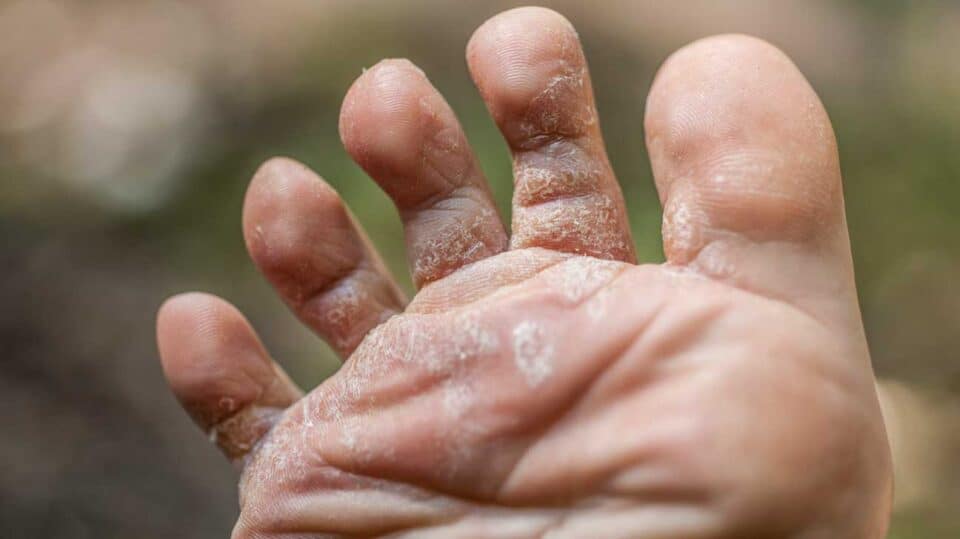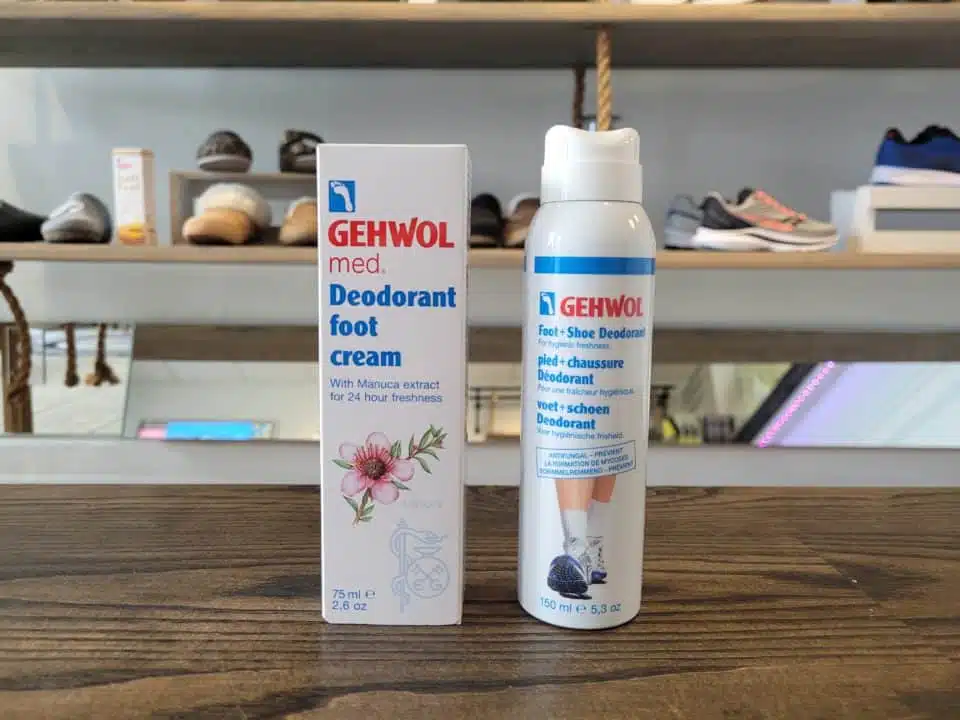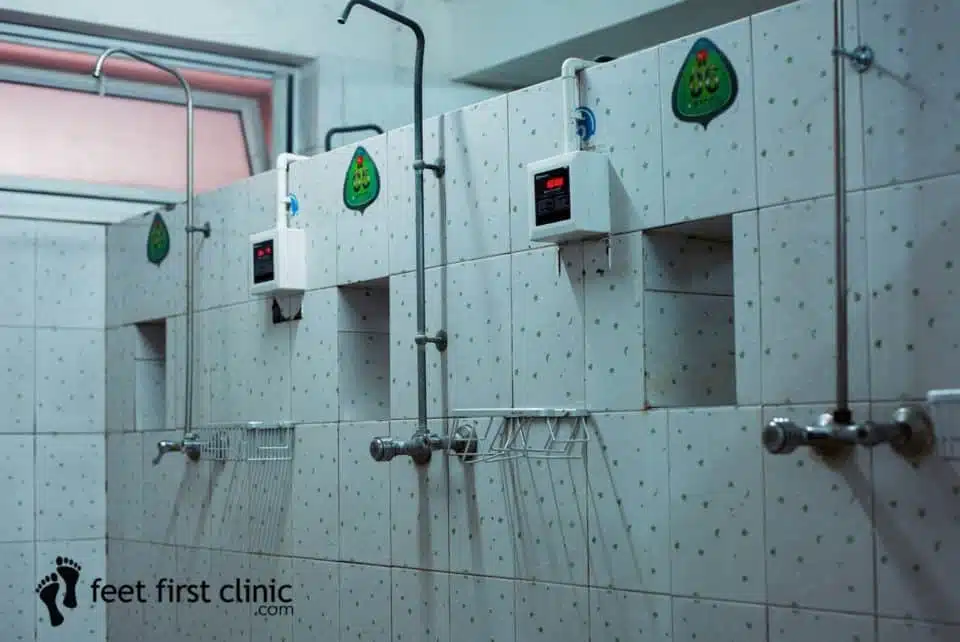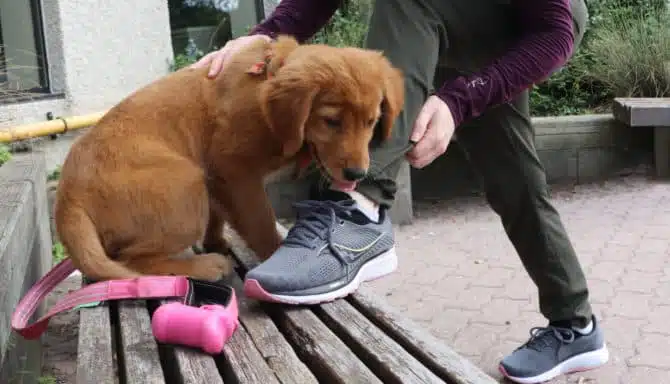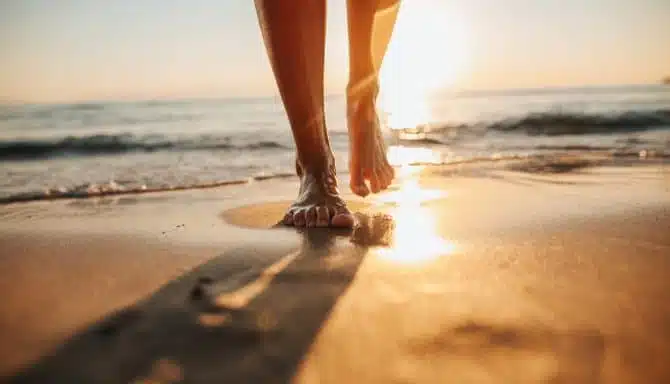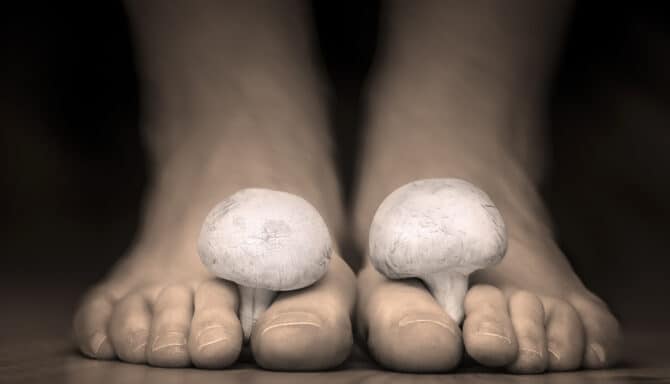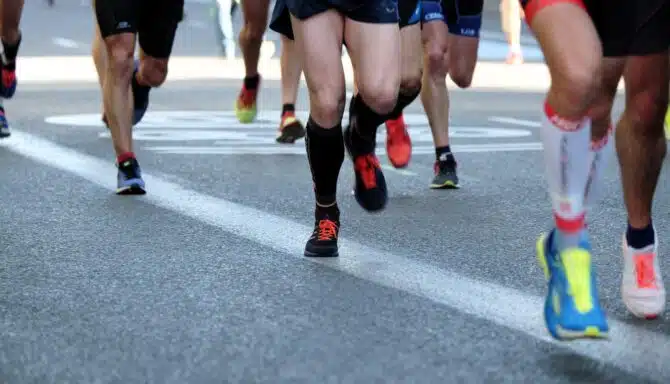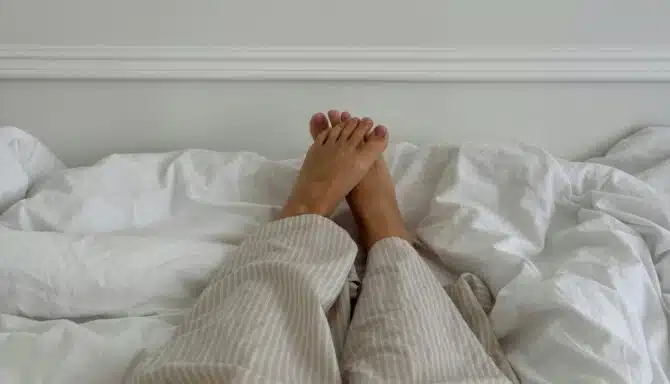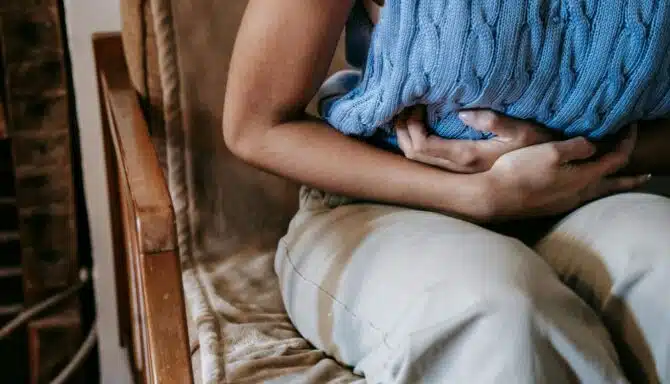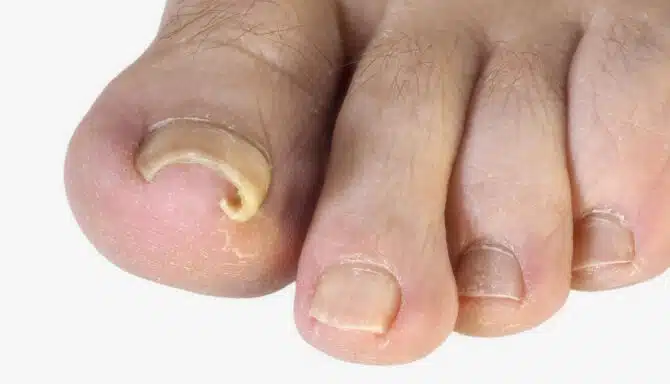Dry skin. Redness. Stinging and burning. All are signs of athlete’s foot, one of the most common foot conditions, and one most people will experience at least once. (Despite what the name suggests, not just athletes get it.)
But don’t worry: athlete’s foot is a treatable condition with a few simple steps. In this article, we’re going to teach you how to avoid athlete’s foot in the first place. Plus, we’ll give you tips to treat it if you have it.
What’s Athlete’s Foot?
Athlete’s foot is a contagious fungal skin infection that affects the skin on the soles of the feet and/or between the toe. The scientific name for this foot condition is Tinea pedis. Although its name inherently indicates it’s an athlete’s condition, the name comes from a common source: locker rooms and change rooms.
Symptoms include:
- Translucent white moist skin between the toes on one or both feet.
- A scaly and raw looking rash
- Itching
- Stinging
- Burning
- Dry skin on the soles of the feet
- Peeling skin on the soles of the feet
- Cracked skin on the heels
- Foot odour
The cause of it is pretty straightforward: You can either catch it from a public place. Or, you may develop this foot condition through poor hygiene—namely letting your feet become moist and fester. Wet fall weather can certainly factor into that.
Do’s And Don’ts of Athlete’s Foot
Below you’ll find some common do’s and don’ts for athlete’s foot. Follow the ‘do’s,’ and try your best to avoid the ‘don’ts’ to keep Tinea pedis foot at bay, for good.
Do: Wear flip-flops or shoes in public places
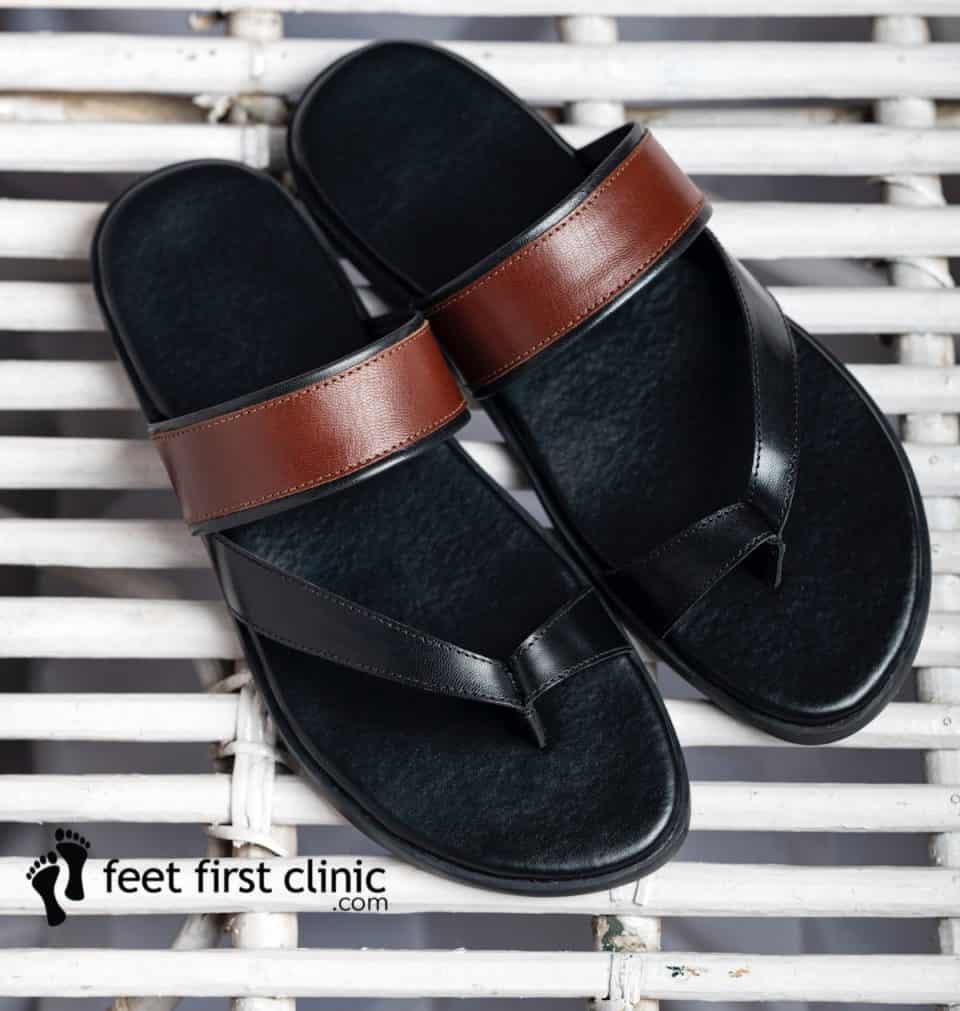
Do: Thoroughly dry between your toes after a bath or shower
Thoroughly dry your feet and toes after bathing. This can be where athlete’s foot begins.
Do: Change socks regularly, even multiple times a day if your feet get very sweaty
Did you know that your feet have more than 250,000 sweat glands? Changing socks regularly is critical to keeping your feet dry. Swap your socks regularly, even if it takes multiple times a day. Bonus points for wearing moisture-wicking socks, as these draw sweat away from your feet.
Do: Use over-the-counter topical antifungals for athlete’s foot
Topical antifungal products can stop athlete’s foot in its tracks. Our Toronto foot clinic and online shop offer a variety of antifungal products including:
- Medicated creams
- Ointments
- Sprays
- Powders
These products contain ingredients that stop the growth of the fungus or kills it.
Don’t: Wear wet shoes, and avoid drying footwear between uses
Recall that fungi love warm, dark, and moist environments. There exist few better grounds for fungi than your shoes, especially if they’re wet. That can be a frequent issue in wet fall and winter weather (think about all the times your shoes and socks got soaked down to the skin while trudging through slush puddles on your way to work). Avoid wearing wet shoes as a first step, and dry your footwear between uses, especially if you wear this footwear on a daily basis. This foot condition doesn’t take long to build, so a few consecutive days of poor foot hygiene can quickly catch up to you.
Don’t: Share mats, rugs, bed linens, clothes, or footwear with someone who has athlete’s foot or a related dermatophyte infection like jock itch or ringworm
Did you know that 1 in 10 people have athlete’s foot? It’s always better to be safe than sorry when sharing equipment or items that come in contact with our feet. Additionally, wash your socks, bedding, and towels at 60 C+.
Don’t: Go barefoot in public places
When using the pool, shared deck at a hotel, in the locker room, or even in your dorm, avoid going barefoot in places that you suspect others may be going barefoot.
Don’t: Wear exclusively shoes of non-breathable synthetic materials such as vinyl or rubber
To help facilitate dryness (in a good sense), wear breathable shoes as often as possible. Footwear made of vinyl or rubber may have their place in your wardrobe, but these materials aren’t as breathable and can trap moisture. If you do opt for one of these non-breathables, be extra cognizant of washing and drying your feet in between uses.
